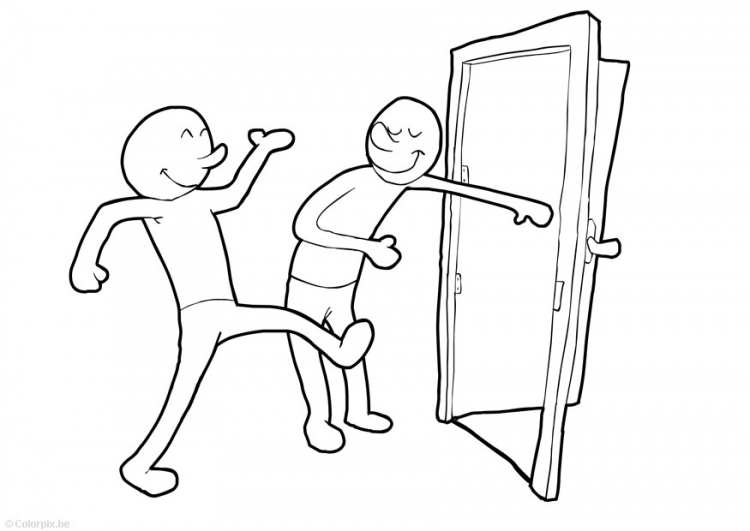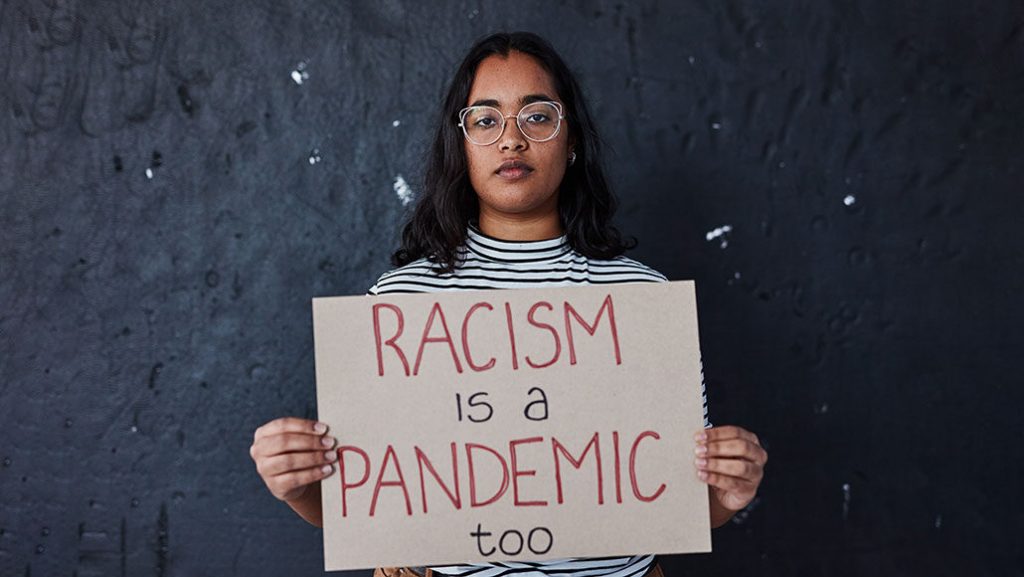Assignment Takeaway 5
Assignment 5 (linked below) was a challenge to do 5 nice deeds for either strangers or people you know. This challenge showed me how simple it can be to go out of your way to help another person. Doing good deeds for those around me made me feel really good about myself and it allowed me to grow closer with the people that I helped. After doing nice things for people, you begin to contemplate going out of your way more often to help people when you see fit.
This assignment relates back to module three when we discussed impression formation. This is the process in which people develop their views of those around them. Forming first impressions is effortless and very important in how you will feel about another person later on. I believe we do good deeds for strangers, not only to help those in need, but also because we want other people to like us. By doing a good deed for another person, we are able to improve their cognitions about us and therefor improve our own self-esteem. While good deeds are not always done with the intent of benefitting ourselves, they do seem to have that effect.

This picture shows a simple good deed you could do every day for somebody. By holding the door for someone, you show them that you see them and care enough for them to hold the door for them. You will also feel better about yourself, as you will feel like you’ve made their day easier.
Assignment Takeaway 4
Assignment 4 (linked below) was based on the Styles of Love Questionnaire, in which I was tasked with taking a 42-question questionnaire. These questions are further broken down into 6 categories, as every seventh question begins a new category, or style, of love. The six styles of love being assessed here, in order, are Eros, Ludus, Storge, Pragma, Mania, and Agape. This questionnaire was scored invertedly, which means that scoring low in one area of love on the questionnaire means that a person is high in that style of love in real life. My scores were above the average woman’s score for all styles of love except Mania, which was not very surprising to me. I know that when I do fall in love, I tend to fall hard no matter what so this makes sense to me. I was also extremely high in the area of Ludus love which surprised me, not because this style of love is one that sees love as a game, but because it can be seen as deceptive. I don’t usually see myself as a deceptive person, but I do tend to see love as a game.
This assignment did not necessarily teach me anything new about what styles of love I indulge in, but it did bring these things to my immediate attention. With the help of this questionnaire, I was able to acknowledge most aspects of the way that I see love as well as realize that loving as strong as I do can be dangerous if there is no communication within the relationship. Whenever I begin to look for a mate, I will be aware of what styles of love I am prone to engaging in and hopefully be able to communicate these aspects with my partner. This kind of communication could lead to a more successful relationship.
I found this assignment to be a very interesting addition to module 9 about liking and relationships, especially in regards to Sterbergs’s triangular model of love. When it comes to the different pairings of companionate, consummate, romantic, empty, and fatuous love, I wonder what styles of love people in these kinds of relationships are prone to. Do people who delve into relationships based solely on passion prefer a Ludus style of love over an Agape? Do people prefer a certain style of love based on their levels of intimacy, passion, and commitment? I believe that knowing both your and your partner’s styles of love, as well as knowing what type of relationship you are in together, would allow for a more prosperous and healthy relationship.

I used this image to symbolize the fact that I see love as a game. I learned from this assignment that I am high in the Ludus style of love. This means that I tend to view love as a game. I felt this was the perfect image to express this idea.
Assignment Takeaway 3
Assignment 3, which is linked below, was about a stand-up comedy show gone wrong. Famous television star, Michael Richards, at his own comedy show in 2006 began to verbally attack a heckling audience member who happened to be a Black American. Even though Richards’ publicly claimed that this attack occurred purely out of anger and embarrassment, it was obviously a racially charged attack, completed with nothing but malicious intent, that was done solely because this individual was Black. The textbook says that advantaged groups, as in Michael Richard’s group, will show the strongest prejudice toward outgroups, as in the audience member’s group, when the advantaged group is experiencing a threat to their group’s image or interests. This is exactly what has happened here, as Micheal Richards feels threatened by a member of an inferior group.
There are a few main reasons why I believe that Richards’ verbal attack on an audience member was a racially charged act. First of all, there are tons of comedians in this world that are able to deal with conflict with a heckler without attacking said individual for things that they cannot control. If Richards’ was simply trying to hurt this man as much as possible or embarrass him as much as he possibly could, why would he not go after other characteristics besides his race? Michael Richards also called the audience member a racial slur repeatedly, as well as made horrifying jokes about the individual’s racial group’s past, which leads me to believe that this tirade is rooted in hatred for Black Americans. If you would like to read more about what I have to say about this situation, Assignment 3 is linked below.
Even though this outburst was from 2006, one can’t argue that things are different now in our society. Racism is still a major issue facing America today, and it is important that we all recognize when it is happening and know how to put a stop to it. In the video, for example, the other audience members, upon hearing Richard’s racial jokes, keep laughing for a few minutes at these awful jokes. It is unclear if it is because they thought the jokes were funny or if it is because they were uncomfortable and did not know what else to do. Either way, we should be educating students in schools about the signs of racism and also educate students on how to deal with racist behaviors.

I used this image to portray the main message of this assignment: racism is and always has been, alive and well. Racism comes in many forms and while it may seem like someone is just “making a joke”, that joke may have deep-seated anger behind it. It is always important to remember that racism is as evident today as ever, so, please, do not contribute to the bigotry by having racist thoughts or tendencies.
Assignment Takeaway 1
The first assignment of the five that are to be completed throughout this course was all about social heuristics. I was excited about this because I just learned about the availability and representativeness heuristics in the Human Cognition course that I took last semester. I wasn’t able to fully dive into the topic of social heuristics at that time, so I was glad to be able to better understand them now. Social heuristics are simple rules that humans use in social situations in order to make decisions or judgments in a quick and effortless way. We tend to use these heuristics when the information that we are presented is complex and the correct answer is difficult to find. There were four heuristics covered in this assignment: the representativeness heuristic, the availability heuristic, the anchoring and adjustment heuristic, and the status quo heuristic.
While these heuristics tend to make judgments easier to make, they also tend to lead to judgment errors. If an individual ignores base rates when utilizing the representativeness heuristic, then they are likely to make an erroneous decision. The availability heuristic also causes erroneous judgment because we, as human beings, believe that the more information we are able to bring to mind, the more accurate that information is. This is not necessarily the case because that large amount of information that someone was able to bring to mind may not actually be accurate information. When it comes to the anchoring and adjustment heuristic, the
adjustments that human beings make, or the decision we eventually make, may end up being insufficient. This is because once we attain a plausible value, we will stop adjusting. This abrupt end to adjustments is what may lead to an erroneous adjustment or decision. Last, but not least, the
status quo heuristic also leads to erroneous judgment because it leads people to think that old means good when the “old” ideas or decisions made could, in actuality, be full of error. This heuristic leads people to believe that just because something has been a certain way for a long time, it is ultimately the right way. The ultimate takeaway is that you should always be cautious when utilizing social heuristics, as the picture on the WordPress site depicts, because even though they may seem to be leading you to the correct answer, that may not always be the case.

Picture Credit: https://webassets.inman.com/wp-content/uploads/2014/05/caution_shutterstock_129577541.jpg